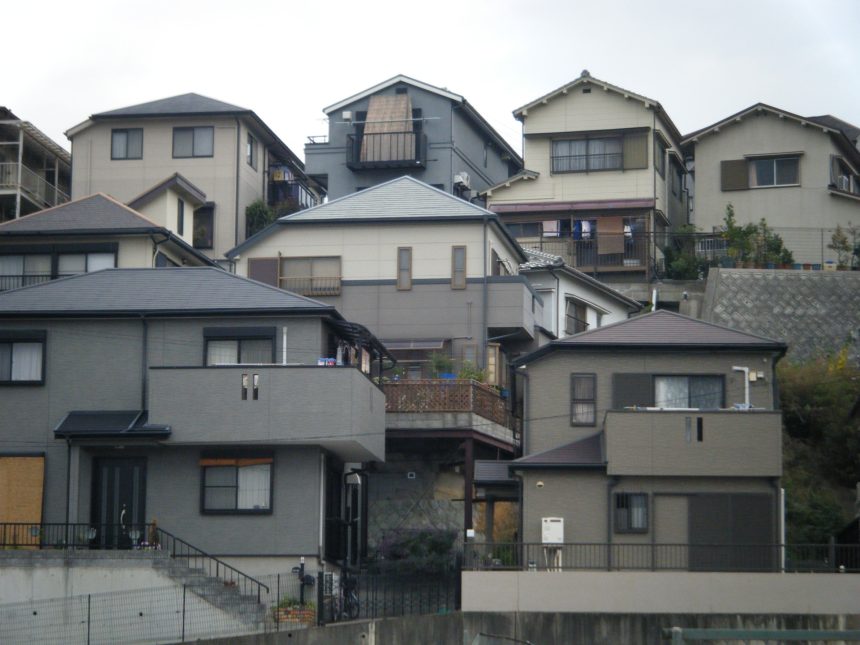A Big Idea in a Small Package
In two of the world’s most densely populated regions—Japan and Hong Kong—the concept of “home” is being dramatically reimagined. Amid soaring real estate prices and shrinking urban space, micro-homes have emerged as a creative and practical solution for modern living. These compact dwellings, often no larger than a parking space, are designed to offer maximum functionality, comfort, and even beauty in minimal square footage.
Japan: Minimalism Meets Ingenuity
Japan has long embraced minimalist aesthetics and multifunctional design, making it a natural incubator for the micro-home trend. Here, architects and developers are creating living spaces that are often under 20 square meters but feel surprisingly open and livable. Innovations such as lofted beds, sliding walls, and built-in storage systems allow for seamless transitions between sleeping, working, and dining areas.
Some micro-homes in Tokyo even boast gardens, bathtubs, or compact libraries, proving that small spaces can still hold big dreams. For many young professionals and creatives, these homes offer affordable independence and a chance to live centrally in one of the world’s most expensive cities.
Hong Kong: High Design in High-Rise Living
Hong Kong’s sky-high property prices have made micro-living not just a lifestyle choice, but a necessity for many residents. Developers are responding with stylish, space-savvy apartments ranging from 120 to 200 square feet. Often located in prime urban neighborhoods, these homes use smart layouts, foldable furniture, and mirrored surfaces to create an illusion of space.
Beyond the private units, many buildings now include shared amenities—rooftop gardens, co-working lounges, and communal kitchens—that help compensate for the limited interior space. This hybrid model offers both privacy and social connection, appealing to a new generation of urban dwellers.
The Appeal of the Tiny Life
The growing popularity of micro-homes is not just about economics. It reflects a broader cultural shift toward simplicity, sustainability, and intentional living. With less space to fill, residents often consume less, waste less, and prioritize what truly matters to them.
For some, a micro-home is a temporary step on the way to a larger property. For others, it is a lifestyle choice that aligns with values of efficiency and mindfulness. In both Japan and Hong Kong, the trend is inspiring a wave of architectural creativity and a new appreciation for the art of living small.
Challenges and Opportunities
Despite their appeal, micro-homes also face criticism—from concerns about mental well-being to questions of dignity and livability. Urban planners caution that these spaces must be more than just cleverly designed boxes; they must foster health, privacy, and community.
As cities around the world grapple with housing crises, the experiments unfolding in Japan and Hong Kong may offer a roadmap for more sustainable urban living—if done with care and humanity.
Tiny, clever, and undeniably beautiful, micro-homes in Japan and Hong Kong are more than a real estate trend—they are a reflection of evolving urban values. As space becomes scarcer and cities more crowded, these homes show that less can indeed be more—if designed with intelligence, empathy, and imagination.











